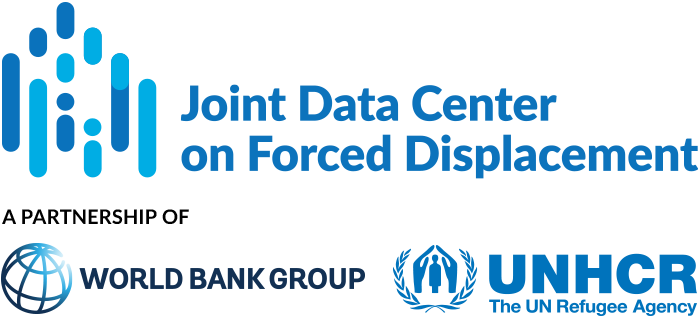This working paper examines the wellbeing and ‘displacement economies’ of Somali refugees living in protracted displacement in Kenya, comparing those living in camps to those living in urban areas. Kenya is home to approximately 280,000 Somali refugees, of whom 230,000 live in the Dadaab refugee camp complex in Garissa County, and around 24,000 living in the Eastleigh neighborhood of Nairobi. The research was conducted during the period when the 2006 Refugee Act, which enforced Kenya’s encampment policy, was still in effect. Kenya has since adopted a new Refugee Act in 2021 (which came into force in 2022) that provides for the establishment of ‘designated areas’ for refugees but does not explicitly contain an encampment requirement.
JDC Literature Review
The freedom to choose: Theory and quasi-experimental evidence on cash transfer restrictions
This paper studies the effect of cash transfer restrictions on the welfare of recipients in the Kalobeyei refugee settlement in Kenya, a context in which restrictions matter because cash transfers are extra-marginal (they are greater than the amount a household would...
“Yes” in my backyard? The economics of refugees and their social dynamics in Kakuma, Kenya
In 2016, Kenya hosted more than half a million registered refugees, roughly a third of whom (more than 190,000 people) were living in the Kakuma refugee camp, located in in Kenya’s northwestern Turkana County. Turkana County is one of Kenya’s most impoverished and...
Refugees welcome? Inter-group interaction and host community attitude formation
This paper investigates the role of refugee-host interaction in influencing host community attitudes towards refugees in Uganda, Kenya and Ethiopia. The authors also explore the factors, other than contact, that shape attitudes of host communities towards refugees,...
Refugee Camps or Cities? The Socio-economic Dynamics of the Dadaab and Kakuma Camps in Northern Kenya
This paper describes the urban characteristics of the two largest refugee camps in Kenya—the Dadaab refugee camp complex and the Kakuma refugee camp—and discusses the determinants of their future growth and durability. Dadaab refugee camp complex, comprising the...
Do refugee camps help or hurt hosts – The case of Kakuma, Kenya
This paper examines the impact of the Kakuma refugee camp in Kenya on the economic welfare of the host population. At the time the paper was written, the Kakuma camp accommodated 180,000 refugees, mainly from South Sudan and Somalia. The Kakuma camp is situated in the...
Self-reliance and Social Networks: Explaining Refugees’ Reluctance to Relocate from Kakuma to Kalobeyei
The authors investigate the reasons why refugees have been consistently reluctant to relocate from the Kakuma refugee camp in north-east Kenya to the newer Kalobeyei refugee settlement, 3.5 km away. This reluctance is confounding since Kalobeyei offers a range of...
Are Refugee Children Learning? Early Grade Literacy in a Refugee Camp in Kenya
This study assesses literacy outcomes for refugee children in lower primary schools in Kakuma refugee camp in Turkana County, Kenya. The authors also examine how the literacy outcomes for refugee children in Kakuma compare with those of Kenyan nationals outside the...
Refugee livelihoods: a comparative analysis of Nairobi and Kakuma Camp in Kenya
This paper compares the livelihoods of refugees living in a camp setting (Kakuma Camp) and an urban setting (Nairobi) in Kenya, and contrasts these with the economic activities of host communities in each location. At the time the research was undertaken, in 2016,...
Empowering refugees through cash and agriculture: A regression discontinuity design
This article assesses the impact of the development approach promoted in the Kalobeyei refugee settlement in Turkana County in Northwest Kenya. Opened in 2016 just 3.5 kilometers from the Kakuma refugee camp, the Kalobeyei refugee settlement was envisaged as a model...


